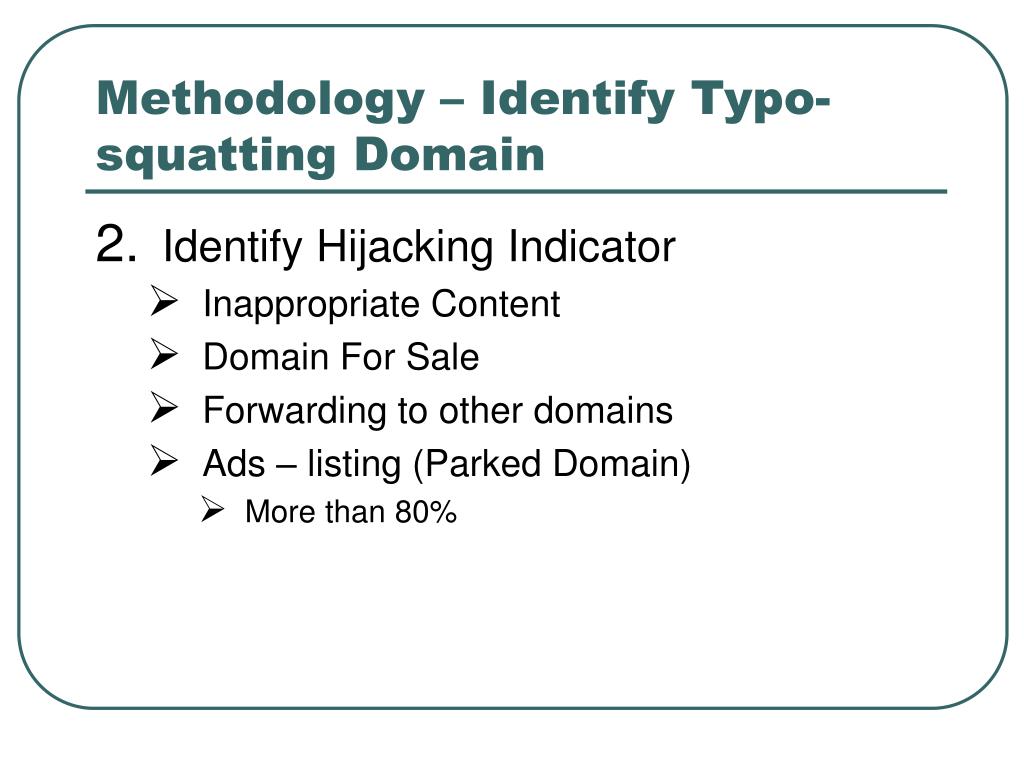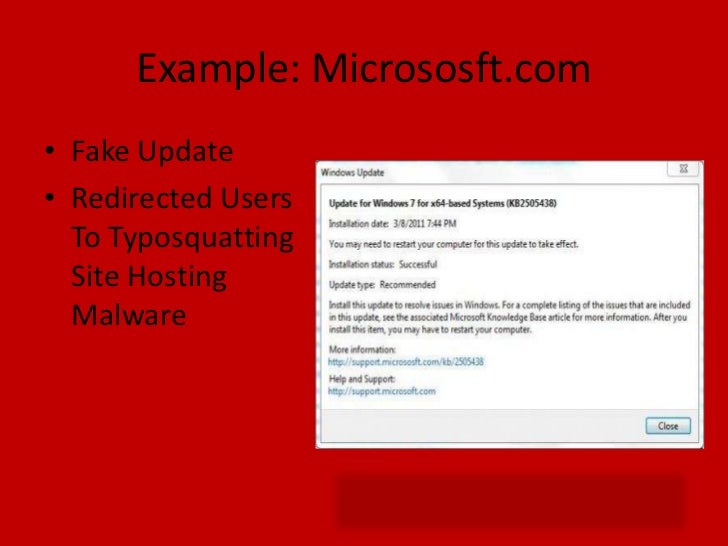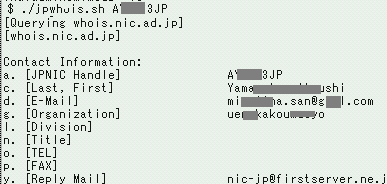

There are no trademark notices on WIPOs web site and they don’t even use the circle R symbol to denote their registration.
TYPO SQUATTING REGISTRATION
You would think an arbitration authority specializing in global trademark protection issues would at least post its trademark notices and registration on its web site.

We can only assume that NAF would overlook the fact that they compete with WIPO in providing arbitration services. Of course, they would have to file with NAF because of the conflict of interest. If WIPO could successfully establish trademark rights, a UDRP decision in their favor should be a slam dunk. Regardless, WIPO must have foreign registration and common law trademark rights. It is interesting that the registration remains incomplete and took so long to file. Interestingly, WIPO only recently filed a US trademark application for both the logo design and words “WIPO” with the USPTO as show here. It is hard to imagine that anyone has superior trademark rights to WIPO, as shows registration for the domain was created. (A law firm specializing in trademark issues!)īoth of the above web sites are attempting to divert direct navigation typographical errors seeking WIPO to their own web sites.

Here are two apparent typosquatters who also appear to infringing on WIPO’s domain name: The very organization which is invested with the authority by ICANN to resolve cybersquatting and typosquatting disputes internationally under the UDRP is, by all appearances, being squatted.

According to a McAfee article, typosquatting refers to a situation in which another party attempts to benefit from an internet user incorrectly typing in a. Its focus is on misleading consumers to think they are going to a legitimate website, but through carelessness mistyped the address. Spelling Errors: Sometimes, a user has not made a typo per se, but simply doesn't know the correct spelling for a brand or product name. Typosquatting is unique from cybersquatting.Typos: Typically, people who make common typos are going too quickly- and are therefore susceptible to being fooled by a typosquat attack.Typosquatting takes advantage of these common phenomena: The ‘typo’ in typosquatting refers to the small mistakes people can make when typing on a keyboard. Users may be tricked into entering sensitive details into these fake sites. Typically, this means tricking users into visiting malicious websites with URLs that are common misspellings of legitimate websites. Typosquatting is a type of social engineering attack which targets internet users who incorrectly type a URL into their web browser.


 0 kommentar(er)
0 kommentar(er)
